So, whether it was tears of sadness and pain from losing precious lives or whether it was tears of amazement in awe of the generosity and miraculous resolve of the human spirit, tears were shed. As if the barometric pressure changes weren't enough for the migrainuers living in Oklahoma the past few weeks the outburst of tears and strong emotions were a problem as well. The knowledge that a good hard cry will most likely precipitate a migraine attack prevents me from allowing myself a good hard cry. When I feel the tears begin to swell I quickly distract my brain and gather my emotions to become this stoic little robot the migraines have created. My heart is extremely heavy on the inside but in no way shape or form can I allow myself to relax and let the tears turn into an uncontrolled cry.
Why would crying cause a migraine?
I believe, along with several scientist that it is worth looking further into for some answers. There is not much in the literature on crying being a precipitating factor for migraines. In an attempt to examine the role of crying as a trigger these scientists enrolled 163 migrainuers in their study. Crying was identified as a trigger by 55% of participants. In this study the only other triggers listed greater than crying were stress, anxiety, and menstrual periods. These scientists concluded that since the physiology of crying is not well documented or understood, but it seems to be a migraine trigger, crying warrants further research.
Here are some of my hypotheses with regards to why crying may trigger migraines:
1. Intense emotions start the process. This stressful state may be enough on its own to be a trigger.
2. Physiologically there is an increase in pulse and respirations, muscles in the head, face, and neck become tense. This tension may irritate the trigeminal nerve which is linked to migraines.
3. The tears themselves may contribute to water loss and hence have a dehydrating effect.
4. Crying causes facial and sinus congestion which is a trigger for many a migrainuer.
Typically, I like to present solutions on this blog. I am not sure we can always stave off a good cry and maybe you could try hydrating if you can't hold back the tears. So, my solution to my tears and tornados is contributing to the rebuilding of the areas devastated by last weeks storms. If you haven't already contributed here are some links that might be helpful:
1. Lifechurch.tv has ways to help either through donations or volunteer on their site
2. Donate to the United Way Oklahoma Tornado Relief
3. Volunteer Opportunities on OKStrong
4. Donate to OKStrong
5. Also, participating Starbucks will be taking donations this week for OKStrong in exchange for a free cup of coffee!
Prayers to all those that have suffered as a result of this storm. If you can handle some tears my friend Lisa lost her brother last week in Moore and the rescue worker who found his body was her angel through this tragedy. Here is a link to their story: http://newsok.com/article/3833849.


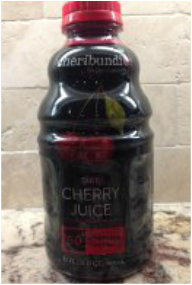

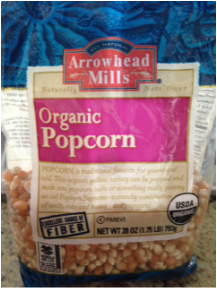
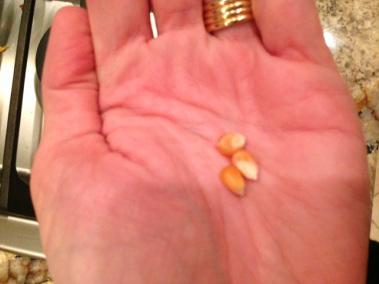

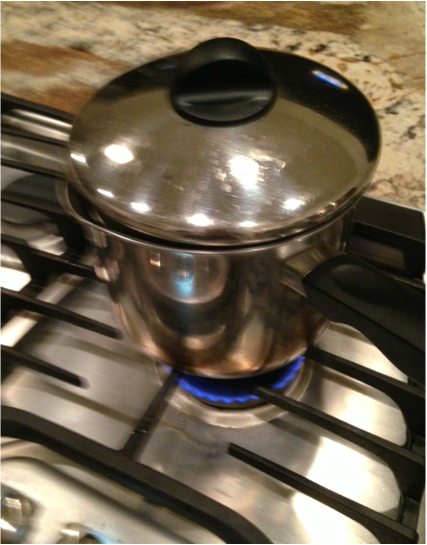

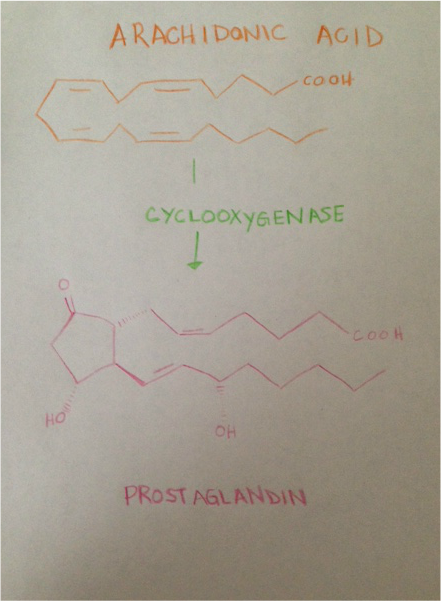
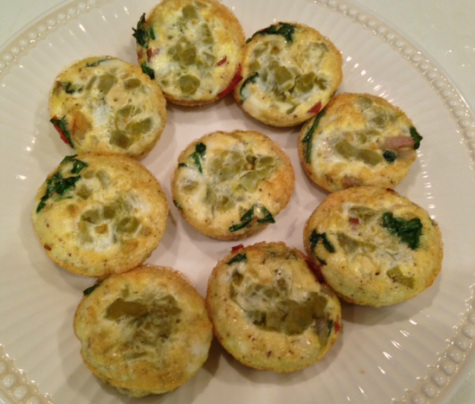
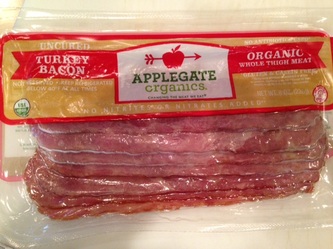
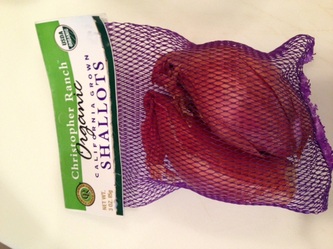
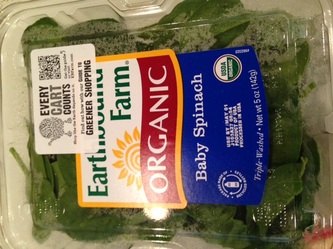
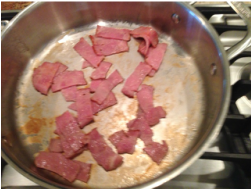
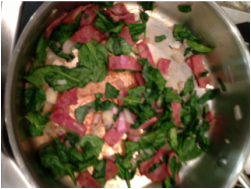
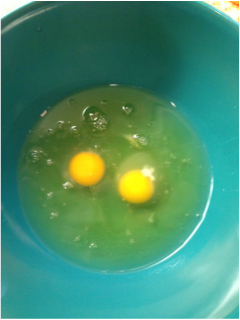
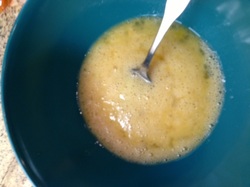
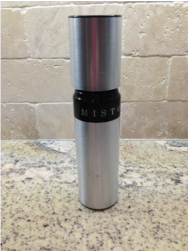
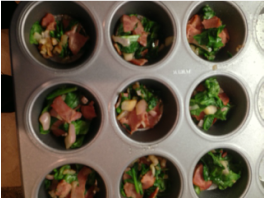

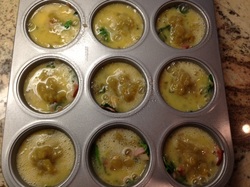
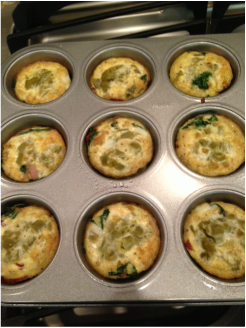

 RSS Feed
RSS Feed
